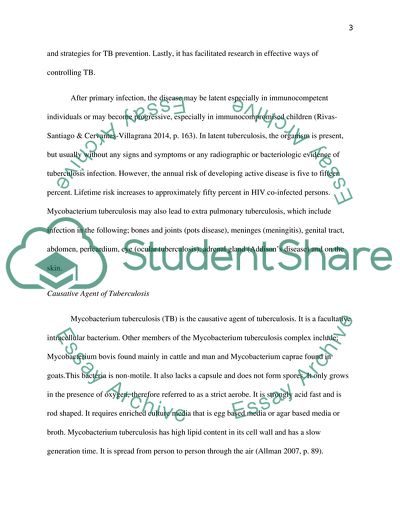Cite this document
(Tuberculosis Prevention Essay Example | Topics and Well Written Essays - 2000 words, n.d.)
Tuberculosis Prevention Essay Example | Topics and Well Written Essays - 2000 words. https://studentshare.org/health-sciences-medicine/1811422-biotechnological-solution-for-tuberculosis
Tuberculosis Prevention Essay Example | Topics and Well Written Essays - 2000 words. https://studentshare.org/health-sciences-medicine/1811422-biotechnological-solution-for-tuberculosis
(Tuberculosis Prevention Essay Example | Topics and Well Written Essays - 2000 Words)
Tuberculosis Prevention Essay Example | Topics and Well Written Essays - 2000 Words. https://studentshare.org/health-sciences-medicine/1811422-biotechnological-solution-for-tuberculosis.
Tuberculosis Prevention Essay Example | Topics and Well Written Essays - 2000 Words. https://studentshare.org/health-sciences-medicine/1811422-biotechnological-solution-for-tuberculosis.
“Tuberculosis Prevention Essay Example | Topics and Well Written Essays - 2000 Words”. https://studentshare.org/health-sciences-medicine/1811422-biotechnological-solution-for-tuberculosis.


